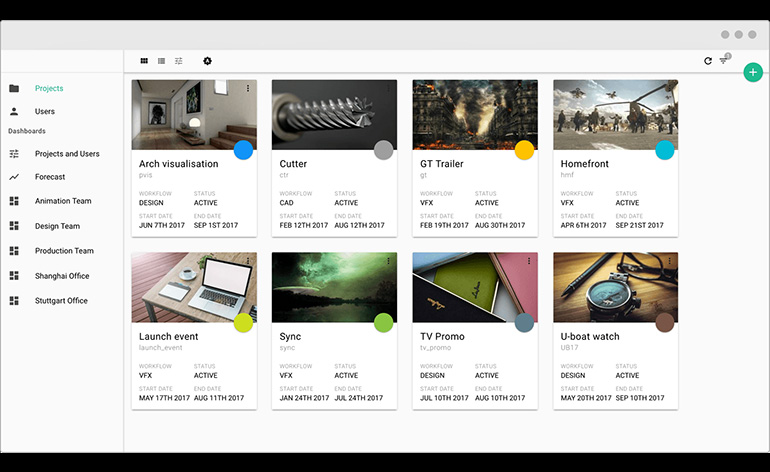When he’s not the director of photography for commercials or major motion pictures like Beetlejuice or Anchorman: The Legend of Ron Burgundy, Thomas Ackerman, ASC, teaches cinematography at the School of Filmmaking at the University of North Carolina School of the Arts in Winston-Salem, N.C. When his lectures inevitably turn to lighting, he has a surprising setup of choice.
“Ideally, my ideal lighting scheme is nothing,” he admitted. “When the existing light is sweet, why re-invent the wheel? Many of my colleagues would probably say the same thing. Of course, we would also agree that this almost never happens. Over the years, I’ve shot some huge sets with a power draw to match. But we can always dream.”
Because the lion’s share of his work is not done in natural light, Ackerman continues to explore new lighting options to create images that support the story or script. “When I’m working, I’m sort of an illustrator telling a story. There’s always a target in mind,” he said. “Clearly lighting technology and the choices of lighting systems have grown exponentially since I started doing this. It’s crazy. Now we can choose equipment with almost surgical precision.”
According to Ackerman, cinematographers render images based on contrast as well as the color and volume of light, but some shoots are more artistically challenging than others. New DPs, for example, sometimes have difficulty with night scenes. “They get hung up on naturalism, where is the light supposed to be coming from?” he explained. “Light should be motivated, but you don’t have to be a slave to reality. At night, you have the ability to create a world of your own choosing.”
With today’s advanced camera technologies, Ackerman is not concerned with whether or not he can capture a nighttime image; instead, the challenge is in balancing the lighting. He suggested that high quality LED instruments like the Zylight F8 LED Fresnel, which is portable but delivers close to the output of a traditional 1000-watt Fresnel, can be valuable on night sets. “LEDs as high output, low-power tools can splash light virtually at the last minute on a night exposure that could be tremendously helpful,” he offered.
While his toolkit continues to grow and now includes LED lights, Ackerman is not ready to abandon his more traditional lighting options. “There’s a lot of mediocre LED equipment,” he said, “and claims are often ill-founded with significant limitations.”
 One LED that has not disappointed, however, is the Zylight F8, which Ackerman and his students used during the Spring 2014 semester. He said it has an extremely fine build quality and a thoughtful design, which includes the ability to collapse the entire instrument, including its eight-inch SCHOTT glass lens, for easy transport. He also said the option to power the F8 using a standard 14.4V camera battery is a significant asset for location and documentary-style shoots.
One LED that has not disappointed, however, is the Zylight F8, which Ackerman and his students used during the Spring 2014 semester. He said it has an extremely fine build quality and a thoughtful design, which includes the ability to collapse the entire instrument, including its eight-inch SCHOTT glass lens, for easy transport. He also said the option to power the F8 using a standard 14.4V camera battery is a significant asset for location and documentary-style shoots.
As far as the quality of the output, the F8 delivered “an amazing amount of punch with miniscule power draw,” he said. “It has a very nice, creamy smooth spread of light, but when you want to spot it in, it concentrates and accordingly picks up. This lamp is officially added to my list. It’s a lot of quality in a very small package.”
Available in daylight (5600K) or tungsten (3200K) versions, the F8 has a high CRI (color rendering index) and Its LED engine features quantum dot technology to provide a more refined and balanced natural light output, which is tuned to work with today’s digital camera systems. The fully dimmable F8 maintains single shadow traditional Fresnel beam shaping and offers an adjustable beam spread (16-70 degrees), with a patented focusing system for spot and flood operations.
Resources:
http://www.zylight.com



